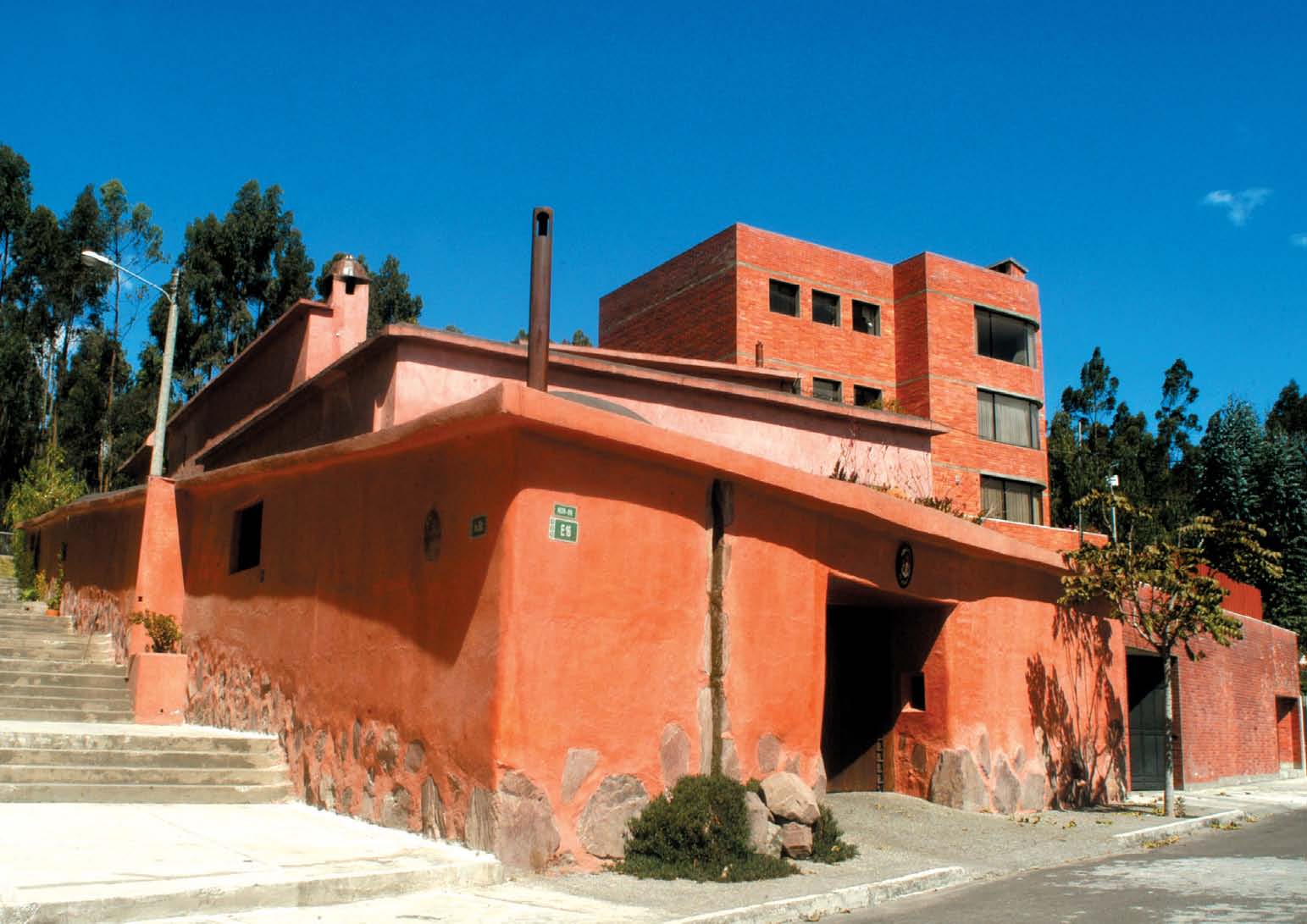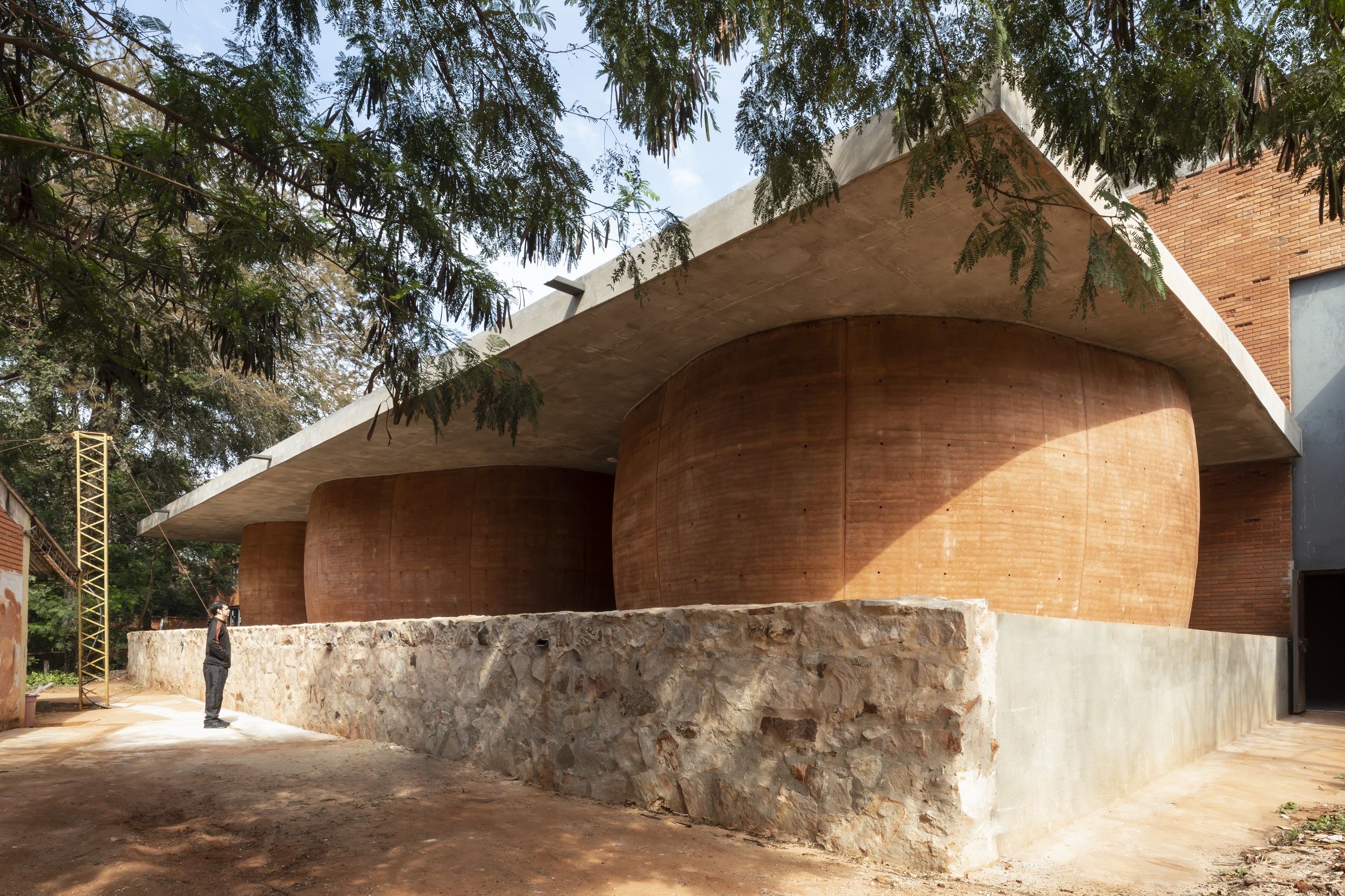“Our grandparents and even our parents, who studied architecture and were inspired by the avant-garde and the modern movement, wanted to be as similar to the modern movement, there was no break.”2 (Montealegre, 2022)
The New, the Exotic. The Search for References in Recent Chilean Architecture
Architecture, compared to other fields of knowledge, presents codes and procedures that are different from the common reference mechanisms of science. Normally, the production of knowledge requires the incorporation of previously developed theories, evidence, studies and experiences, these being the ones that define progress on a given subject.
We are trained as architects by observing works published in magazines, books and web pages. Without questioning ourselves, we look for the masters we admire, especially when there is a coherent story between their words and what they have built. They are characters and works from foreign landscapes, which remain in our imagination and their legacy influences what we think and do today. This common experience of observation and imitation is the kickoff of a study that observes a body of 91 works belonging to the 2019 Chilean Architecture Biennial, and questions whether it is still possible to recognize references in contemporary works, even when the ways of learning in architecture have diversified and completely transformed.
Architecture, compared to other fields of knowledge, presents codes and procedures that are different from the common reference mechanisms of science. Normally, the production of knowledge requires the incorporation of previously developed theories, evidence, studies and experiences, these being the ones that define progress on a given subject. In other words, new ideas or findings are not possible without recognition of the path already taken by others.
This is why the exercises of deepening, altering, replacing or diverting what has already been established have become intrinsic to academic work. Peer evaluation, impact indexes, citations, and notes belong to this series of codes and minimum criteria that safeguard the validity of new contributions in a scientific community. However, these frames of reference are diluted when we transfer the discussion to the field of architecture. In this, the omission of the sources or the indifference to mention the previous advance is a common practice, since the open recognition could be interpreted as a symptom of weakness or lack of originality and creativity.
In relation to this reflection, a genealogical study of recent architecture in Chile was proposed, in which we sought to understand our relationship with references, in order to later identify the main sources of local architects. In this search, different positions arise regarding the notion of 'reference,' coexisting with omissions, recognized authors and works, and anonymous architectures. This short article takes a critical look at how knowledge in architecture is produced and disseminated from the Chilean context, understanding that this is strictly linked to learning a way of doing things that builds identity traits.
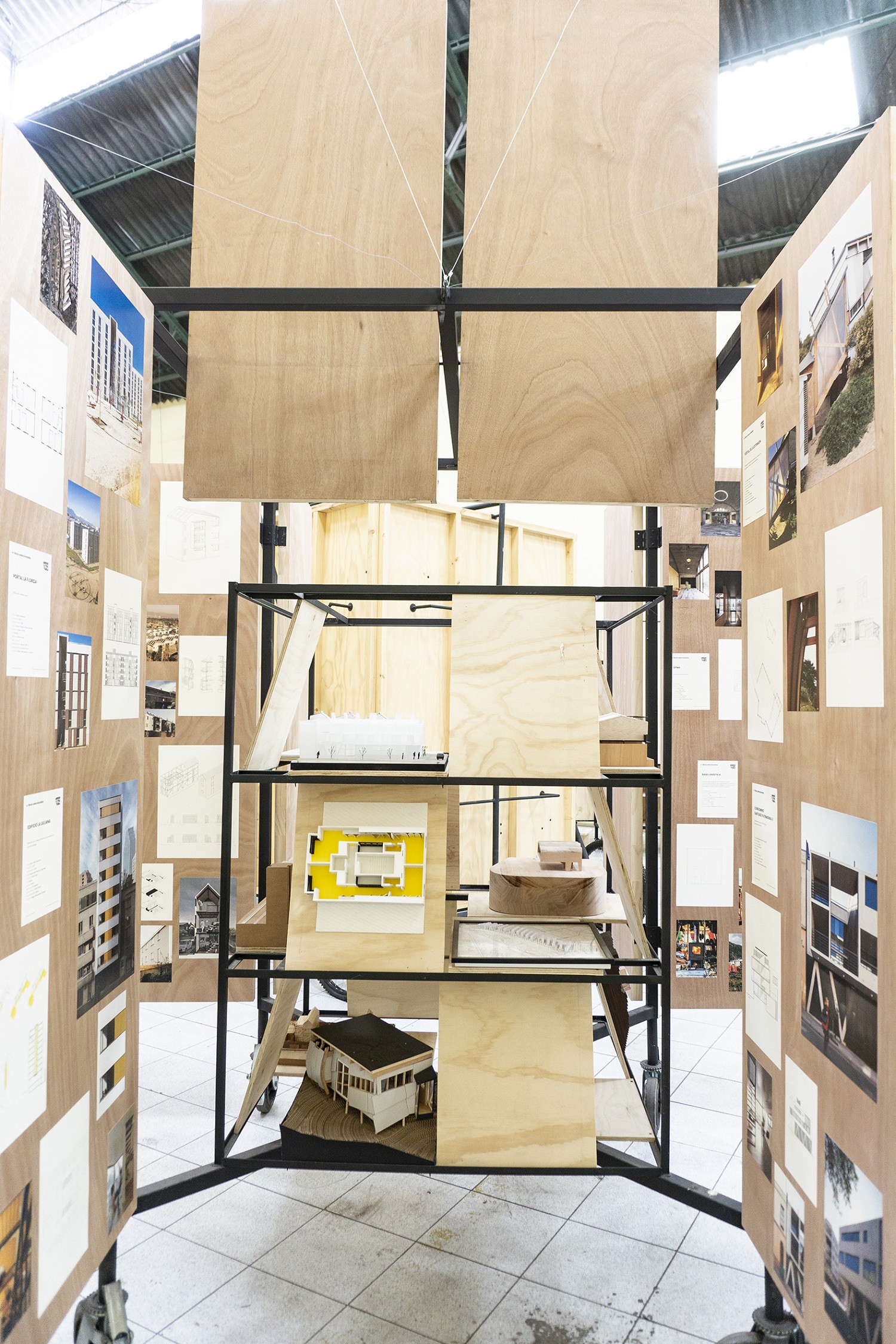


To carry out the proposed genealogical exercise, we considered the universe of architects or studios whose works were selected in the 21st Chilean Architecture Biennial, held in October 2019. Despite the fact that this sample is a tiny section of what is currently being built, participation in an event of this magnitude—with an open and free call—implies an evaluation among peers and external validation; this makes biennials a medium that is homologous to journals.
This sample of 'contemporary Chilean architecture' was the starting point of the discussion on the references through a series of questions to its authors. The survey approached the search for references from different perspectives: firstly, consulting the influences of the projects (currents, generic or situated typologies, works by architects in general), then declaring specific works together with the detail of the means by which they had known the referent, and what material they knew more about it (planimetry, photographs, memory). Lastly, an open space was granted for comments or suggestions from where the first misgivings about the notion of 'reference' emerged. At this point, the authors seek to clarify that what they have declared is not a copy, but part of a 'tribute' to an architect, an 'allusion' to a certain work or that they were simply 'inspired' by the cited source. We could say that there is a culpable use of the reference. Although it is necessary to be up-to-date with what is done inside and outside the field of action—look at magazines, web pages, exhibitions, social networks—the delicate limit with copying is today conflictive.
In this approach to identity and authorship, the first question asked is naive, and yet valid: who and where do we reference? At the beginning of this study, the search for the genealogical tree of recent Chilean architecture had the objective of reconstructively documenting the links with predecessor elements. In this way, a reading of groups, lines or interpretations of the works studied could be established, thus understanding the transfer of knowledge that exists in architectural practice. Among the answers, although there is a dispersion of authors and works cited, there are also certain repetitions, for example, of the work of Lacaton & Vassal, Craig Ellwood, Enric Miralles or Kengo Kuma at an international level; or Smiljan Radic and Alejandro Aravena in the local context.
These first questions and the proposed objectives assume from their formulation that the creative exercise requires observing peers from other latitudes. This assumption is contrasted with the results, since it seems that instead of looking outside, there is a tendency to look at ourselves: Latin America, and Chile in particular. But another scope seems to be relevant in current Chilean practice, the reference to works without a known author, which we could characterize as vernacular, traditional or elemental. Thus, the reference to a "brick wall" located in Linares, to the "traditional architecture of the Central Valley," or to the "bank carpentry of San Juan," coexist with the reference to previously commented authors and works, from Le Corbusier to San Marco Square, establishing a wide temporal range of observed examples.
Constellations and Side Views
The results obtained so far by the investigation place us in an open field, in which certainties give way to the tensions that are part of architecture and its limits of action. One of these tensions is associated with the relationship that occurs between the work, authorship and location. In other words, the link that exists—or not—between the type of work observed, referenced by the architects, and those contexts that we can define as local. Especially significant contexts when it comes to perspectives that come from peripheral positions, as is the case of Chile.
In the process of constituting what we can call 'architectural culture,' in the architect's training processes, how does attention to local architectures, even anonymous, coexist with the consideration of works already recognized and installed in the global architectural field? In this regard, one of the specific debates that have been taking shape in the discussion raised by this research is the coexistence between a desire for 'affiliation' and the search for an architecture that we can define as 'rooted.'
Regarding affiliation, it is usual to identify in the declared references the desire to be part of a certain architectural 'lineage,' which allows legitimizing the scope of one's own work. Thus, beyond genuine admiration, attention to recognized works and authors also implies a kind of registration, validation with respect to the architectural field and those evaluations already established. This need to be part of a community or architectural constellation was approved and even encouraged half a century ago:
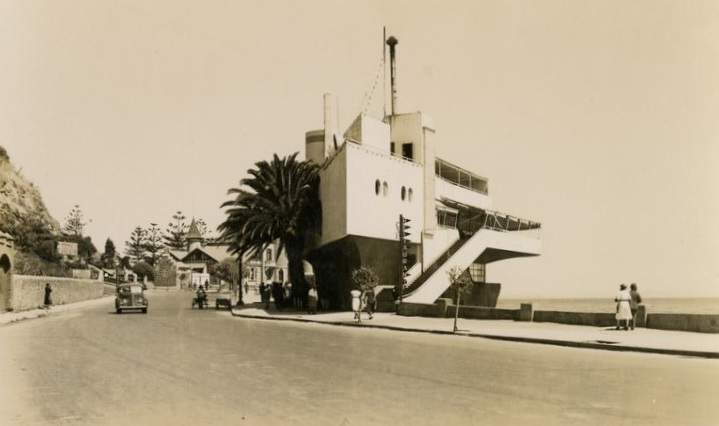

An emblematic case of the mid-20th century that reflects the ease in the use of references, stars Philip Johnson with his residence in New Canaan, Connecticut (USA), in which, as Jorge Tárrago points out, the architect in question is “More Mies than Mies himself.”3 Despite this, Johnson did not shy away from immediately revealing his “sources of inspiration,” nor the special and clear allusion to Mies van der Rohe's Farnsworth House, a work that had not been published in the mass media until then. This statement by Johnson suppressed any claim of plagiarism, as well as any discussion of originality.4 If we move to the local context, it can be observed how the Chilean architects of the 1920s and 1930s began the path towards an imitative modernity.5
One of the clearest examples of this incipient affiliation to the modern movement and its teachers is represented by Roberto Dávila6 and his fascination with the postulates of Le Corbusier, which led him to design the Cap Ducal restaurant in Viña del Mar (1936) emulating a docked ship to the coastal edge. As Eliash y Moreno points out,7 in Chile, "The existence of many situations like these, where the result are works, caricatures of the original model, seems to indicate that copying is an obligatory phase in the long maturation process that leads to finding one's own expression and appropriate to the local context.” Although distant in time, the modern movement and its representatives are still part of the recent architecture references in Chile; the work of Mies van der Rohe, Le Corbusier and even Adolf Loos continues to be a source of inspiration.
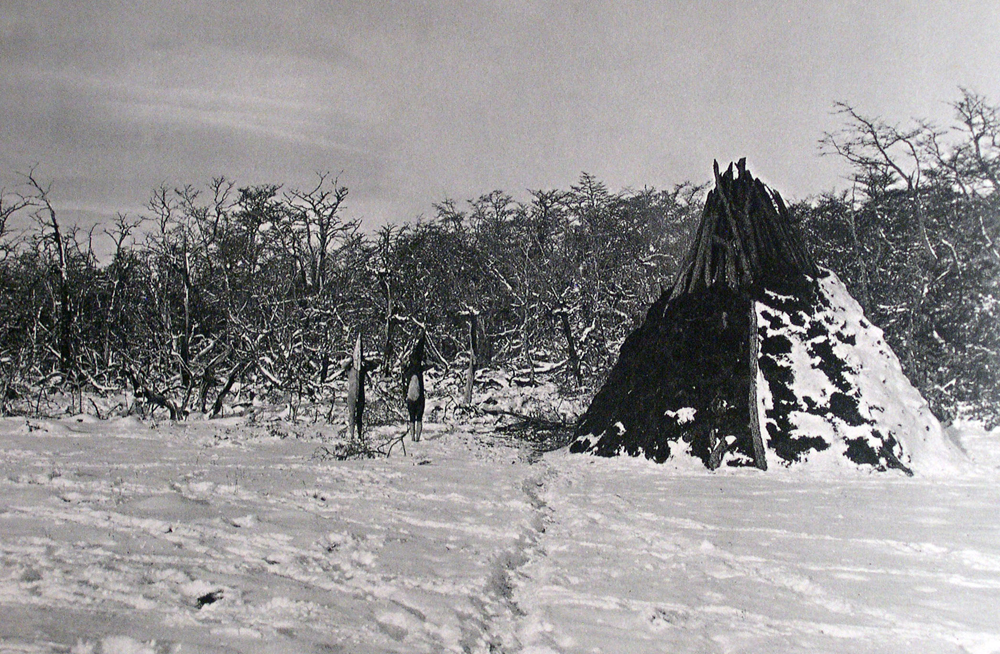
In opposition to these examples and advancing in time, we situate those who, probably in search of renewing the aesthetic language or techniques, resort to "lateral views, to the popular, or to the countryside, looking there for a kind of identity construction in what seems original, primitive, legitimate, authentic to us.”8
In this search for roots, we can distinguish certain offices and architects who are willing to establish a more explicit dialogue with local expressions, some of them without known authorship, as has been mentioned. We are talking about interventions, constructions, ways of working, which have not necessarily been previously recognized by Architecture, but which are now claimed as a source of projects. This is the case, for example, of two sources declared by our respondents: a shed in the south of Chile built in the 19th century or a habitable space created by a native people of Patagonia; the Selknams.
Probably, in another historical and disciplinary moment, we would recognize in these two approaches—filiation and roots—the expression of an antagonism. However, assuming that this is still an open discussion, we can read in this scenario a period condition that accounts, at least in part, for the state of contemporary architecture.
An architecture marked by overlapping, by the overabundance in the circulation of images and information, an issue that considerably broadens the spectrum of those works that can be cited or used as references. In this direction, beyond the existence of a conscious plan for the search or acquisition of references by students, promoted by a school or training center, its use seems inevitable. Even unconsciously, distractedly, the references appear before us, in the form of an image, news or in the very experience of walking through the city.
But, in addition, it is a state of affairs that invites us to activate even deeper discussions. For example, one that has to do with the scope of the notion of identity in architecture. In the specific case of our country, do those works that incorporate local, regional references have a greater degree of 'identity'? Or, on the contrary, is it a link that tends to lose meaning and importance in an increasingly globalized context? We are talking about a reflection that, by the way, should have an impact on the strictly educational level, on the 'learning' of architecture. Regarding this formative level, although for an in-depth analysis it would be necessary to specify an observation sample (for example, the architecture schools of the country), we can point out two phenomena that seem to coexist.
On the one hand, a certain randomness of the references or sources that reach the students; a randomness that depends on multiple factors: the postgraduate training of the professors, their influences or even the bibliographic resources that a certain institution has. On the other hand, an increasingly significant coexistence between those sources that we can define as strictly 'architectural' and those that are not, the result of the growing presence of other disciplines in architecture schools, from sociology to anthropology. It is a problematic coexistence, marked by a kind of paradoxical 'withdrawal' of the schools of architecture from the very 'culture' of the discipline.
If, as Mario Carpo9 points out, knowledge of architecture is produced in part through visual imitation and the accumulation of images, what do the architects of the new generations look at and imitate? Where should they or could they look? In this regard, without intending to give a definitive answer here, perhaps a good starting point is to foster the development of a duly 'situated' architecture.
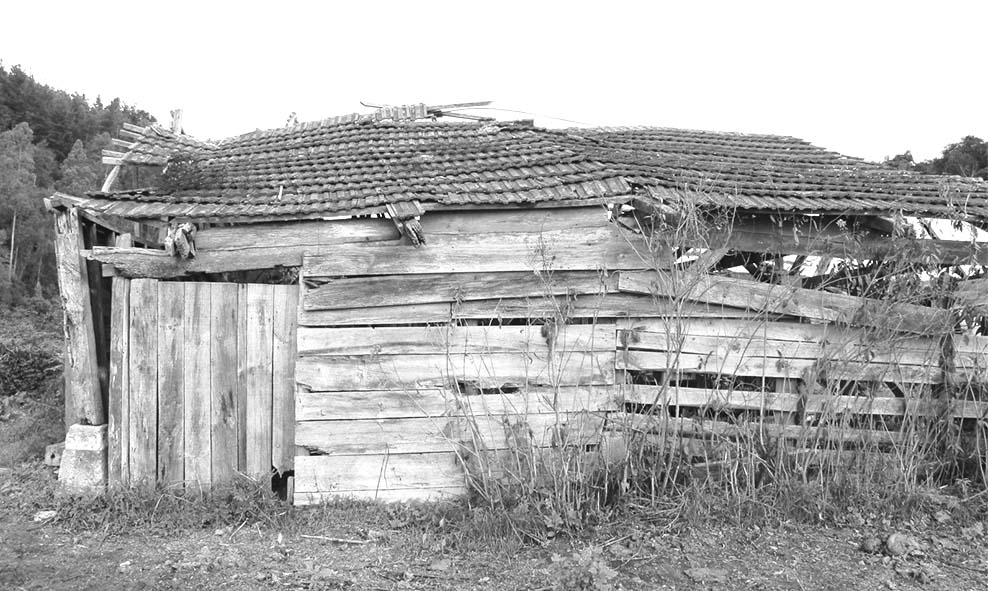


In other words, an architecture that recognizes the particularities of its context of action and that, even mobilizing external or apparently distant references, is capable of dialogue. To establish a dialogue with the pre-existing, with the place and time in which it intends to act.
